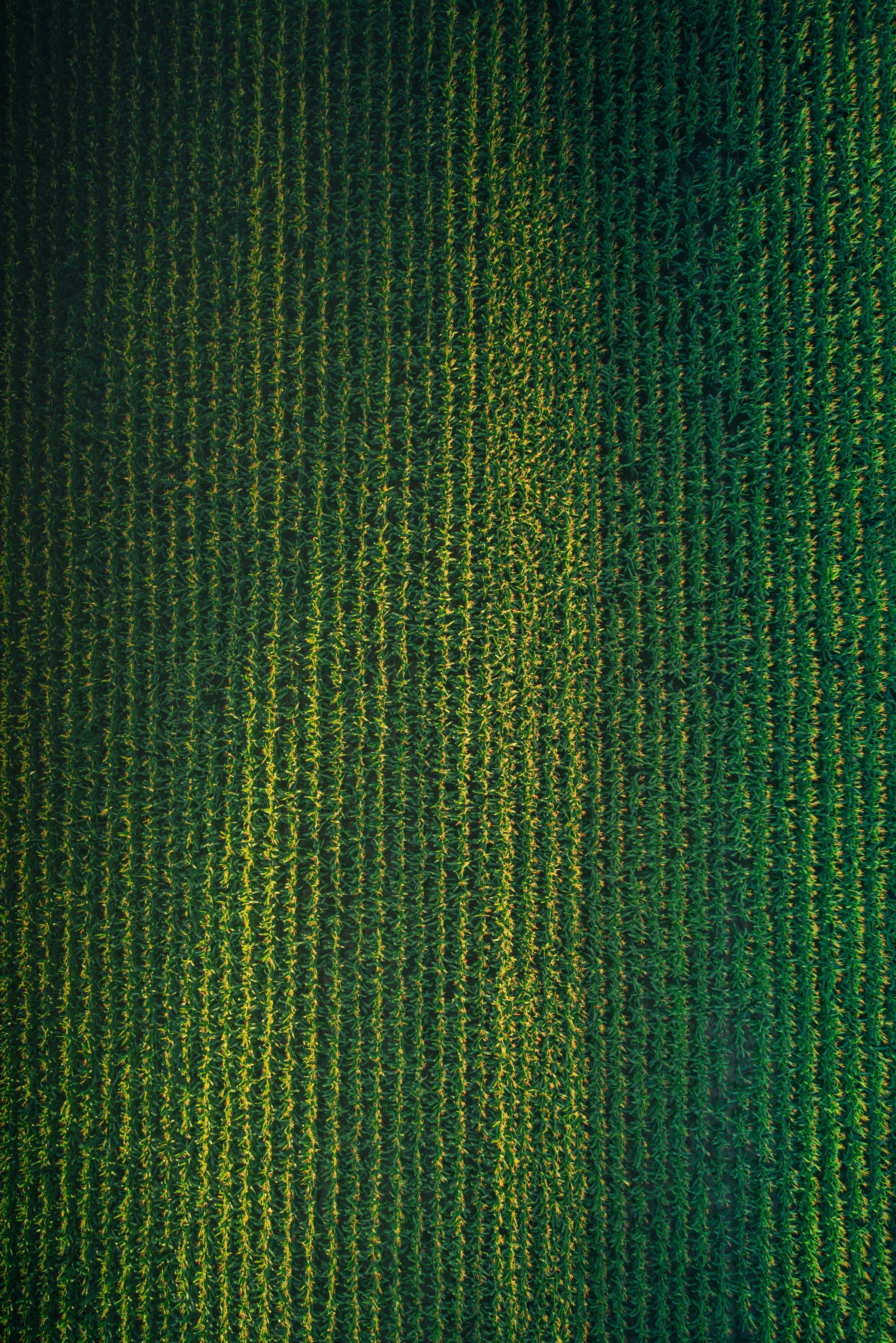Written on

Have you ever wandered down the grocery store aisle and seen something labeled an "ancient grain"? You wouldn't be alone in wondering what an "ancient grain" is. Well, don't worry! We've got the answer for you all laid out.
Essentially, ancient grains are grains that have been cultivated for thousands of years with minimal processing and are like tiny nutritional powerhouses waiting to be incorporated into your diet.
Unlike their modern counterparts (think bleached white flour or enriched flour), ancient grains boast a wealth of vitamins, minerals, and fiber because they haven't been stripped or heavily modified of said minerals.
Unfortunately, there's no official definition, but generally, you can consider them grains that haven't been significantly altered over centuries—like the original, unfussy superfoods. Some familiar names you might recognize include quinoa, chia seeds, amaranth, and teff.
There are quite a few benefits to incorporating these ancient grains into your diet, but here are some of our favs:
- Fiber-Packed: Ancient grains are packed with fiber, keeping you feeling fuller for longer, regulating blood sugar levels, and promoting healthy digestion—a triple threat to a happy gut! This is in stark differentiation from white flour, which tends to spike blood sugar without providing nutritional benefits.
- Nutrient Powerhouse: Another reason to love them is that ancient grains are bursting with essential vitamins and minerals like protein, magnesium, and iron. These power players work together to support strong bones, boost the immune system, and keep your energy levels up throughout the day. They're a good choice for pre-diabetic individuals or those with other chronic conditions.
-
Sustainable Choice: We love things that are good for you and the planet. Ancient grains generally require less water and pesticides than modern grains, making them a more eco-friendly option. Plus, their deep root systems help improve soil health—a benefit for the environment and future generations.
So, are you ready to embrace the ancient grain revolution? You can quickly start incorporating these nutrient-rich options into your meals by simply swapping out their bland counterparts (like swapping white rice for protein-packed sorghum!). So ditch the refined and explore the power of these ancient nutritional gems!
Here’s a roundup of some awesome ancient grains for you to take a look at as you scope out the grocery store aisles:
- Sorghum- The name of the grain around here! Sorghum, a naturally gluten free food, also has antioxidizing powers to neutralize free radicals in the body, is packed with iron and protein, and can be popped, cooked, and ground up to use as flour.
- Einkorn- A completely unadulterated, low gluten wheat that is great for those with gluten sensitivities, this grain is widely available in flour-form to substitute in your favorite baked goods!
- Quinoa- A widely popular substitute for rice, quinoa boasts 8 grams of protein per cooked cup.
- Millet- This anti-inflammatory grain can be eaten as a hot breakfast cereal or as part of a nutritious dinner.
- Amaranth- Amaranth can be linked to decreased risk of heart disease, inflammation and high cholesterol.
- Farro- Farro is high in antioxidants and serves as an amazing addition to soups and salads.
- Barley- This grain increases HDL (good cholesterol), while lowering LDL (bad cholesterol) making it a heart-healthy source of vitamins and fiber.
- Freekeh- Common in Middle Eastern cuisines, freekeh can even reduce the risk of eye diseases like cataracts due to the high levels of carotenoids it contains.
- Bulgur- Bulgur is beneficial for digestion and blood sugar control due to its fiber content, and is a staple ingredient of the popular Middle Eastern dish tabbouleh.
- Buckwheat- Along with some other ancient “grains” on this list, buckwheat is actually a seed that can be used as a grain replacement.
- Kamut- Nutty and high in fiber, this grain also boasts 100% of your daily recommended selenium intake in just one cooked cup!
- Teff- This gluten-free grain is high in iron and magnesium while also containing Vitamin C, which is unique for the grain family.
- Spelt- Along with emmer and einkorn, spelt makes up one of the three ancient wheat varieties AND makes a very tasty bread.
- Rye- Notable for its delicious and unique flavor, rye is a great alternative to wheat due to its high content of vitamins and minerals.
- Chia- Another example of a seed that can be used as a grain, chia is great on its own but can also be used to bind ingredients in baking recipes.
Sources:
https://wholegrainscouncil.org/whole-grains-101/whats-whole-grain/ancient-grains; https://www.realsimple.com/what-are-ancient-grains-7377600; https://healthmatters.nyp.org/nutritionist-ancient-grains/; https://www.goodrx.com/well-being/diet-nutrition/ancient-grains; https://www.ncbi.nlm.nih.gov/pmc/articles/PMC10252758/
https://www.healthline.com/nutrition/ancient-grains#TOC_TITLE_HDR_12


